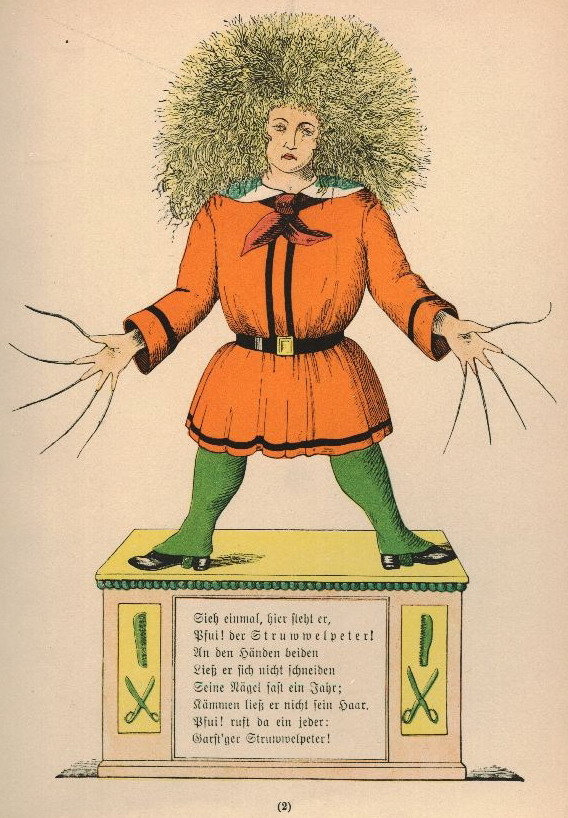The process in which I came about producing my storyboards can be attributed to this Youtube video by RubberOnion, which outlines the process of rearranging sketches on small post-it notes to form a coherent narrative and working from there. This allows for flexibility and experimentation in the early stages to ensure the visual language is on point and communicates the intended message.
Initial post-it note stage
I garnered feedback from my tutors in this early stage of production to ensure I didn't move forward with my storyboards without a coherent narrative. This allowed me to make changes based on the feedback I received. For example, one of my tutors was concerned I was using too many profile shots and not fully utilising the verticality of the setting I had chosen and hence suggested I use more high angle shots to impose upon my main character, painting him as more of an underdog. Creative processes like this are a collaborative process, even if it just involves garnering feedback from your peers and tutors.
Watercolour painting w/ linework
After carefully planning out the sequence of storyboards I would be working with I began working on the actual panels which I would be refining into my final storyboards. For this, first I sketched it out in pencil on a piece of watercolour paper and then began painting it with watercolours. The watercolour is there so that I can plan out which areas of the frame are which tone, I chose the colour blue because it has cold connotations and will help me envision the atmosphere of the world. Fine-liner pens where then used to bring out elements in the world and add dimension to the characters and scenery. It also allows for me to imply motion through the angle in which certain elements, such as the snow are skewed, which is important when working in a medium such as animation.
Final frame composited and refined in Photoshop
Upon completion of the line-work I then scanned the images into the computer using the EPSON scanner and began refining the lifework and tonal elements in Photoshop. To simulate snow I used a noise layer. refined the levels and used the screen blending mode to blend it with the background, creating a snow-like effect, subtly skewing the layer to simulate a blizzard. I applied a gradient to the background in order too simulate night time and used layer masking to ensure scenery in the background (such as the icicles) was illuminated enough to be visible and everything consistent with the overall lighting.






















